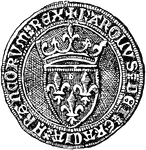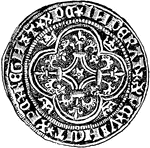Clipart tagged: ‘gold coin’

Écu, Obverse
The obverse side of an écu of James V of Scotland, a Scotch gold coin also called a crown.
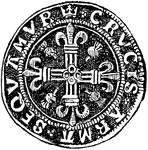
Écu, Reverse
The reverse side of an écu of James V of Scotland, a Scotch gold coin also called a crown.

Augustal
"An italian gold coin, weighing from 30 to 40 grains, issued in the thirteenth century by emperor Frederick…

Aurum
"Gold appears not to have been coined at Athens till the time of the Macedonian empire, with the exception…
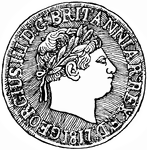
British Sovereign of George III, 1817, Obverse
A British gold coin from the time of George III. The obverse of the coin bears his profile.
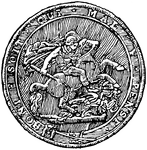
British Sovereign of George III, 1817, Reverse
A British gold coin from the time of George III. The reverse of the coin shows Saint George and the…

Gold Double Eagle Coin, 1849
Double Eagle ($20.00) United States coin from 1849. Obverse has a left-facing image of Liberty wearing…
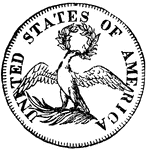
Gold Eagle Coin, 1795
Eagle ($10.00) United States coin from 1795. Obverse has a right-facing image of Liberty wearing a cap…

Gold Eagle Coin, 1838
Eagle ($10.00) United States coin from 1838. Obverse has a left-facing image of Liberty wearing a coronet…

Gold Half Eagle Coin, 1795
Half Eagle ($5.00) United States coin from 1795. Obverse has a right-facing image of Liberty wearing…

Gold Half Eagle Coin, 1807
Half Eagle ($5.00) United States coin from 1807. Obverse has a left-facing image of Liberty wearing…

Gold Quarter Eagle Coin, 1796
Quarter Eagle ($2.50) United States coin from 1796. Obverse has a right-facing image of Liberty wearing…

Gold Quarter Eagle Coin, 1803
Quarter Eagle ($2.50) United States coin from 1803. Obverse has a right-facing image of Liberty wearing…

Gold Three Dollars Coin, 1854
Three Dollars ($3.00) United States coin from 1854. Obverse has a left-facing indian head with a coronet…
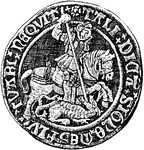
Obverse Side of George-Noble
"Obverse. George-noble of Henry VIII. GEORGE-NOBLE. An English gold coin of the reign of Henry VIII.,…

Reverse Side of George-Noble
"Reverse. George-noble of Henry VIII. GEORGE-NOBLE. An English gold coin of the reign of Henry VIII.,…

Guinea
"Guinea of Charles II., 1663. GUINEA. An English gold coin, of the value of 21 shillings, first issued…
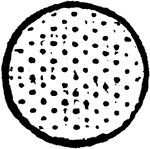
Roundlet Bezant
"Bezant, Or. BESANT, or BEZANT. Gold coin of Byzantium; when they appear in a coat of arms their colour…

Seven Shilling Piece from Great Britain
"...an English gold coin of the value of seven shillings, being the third part of the guinea, coined…
